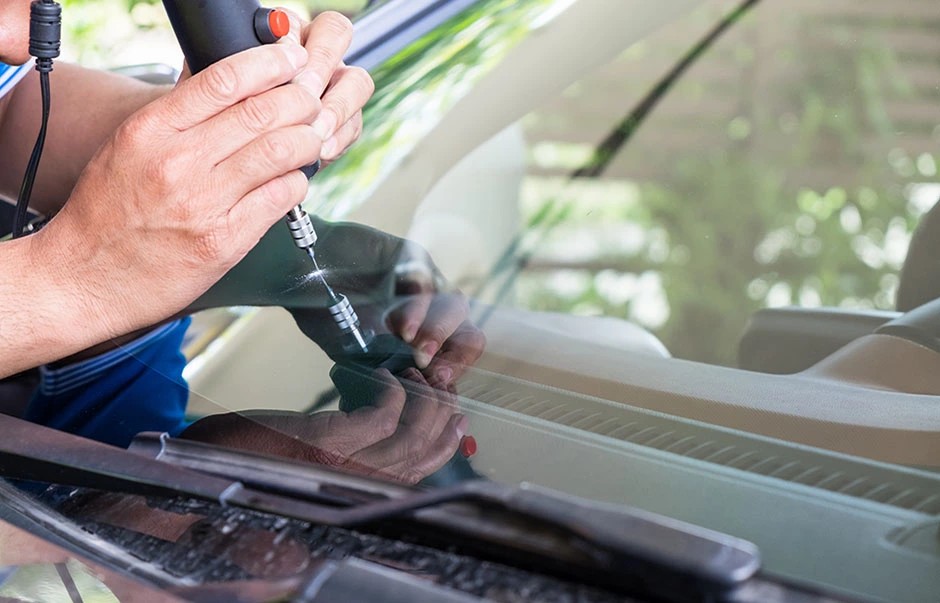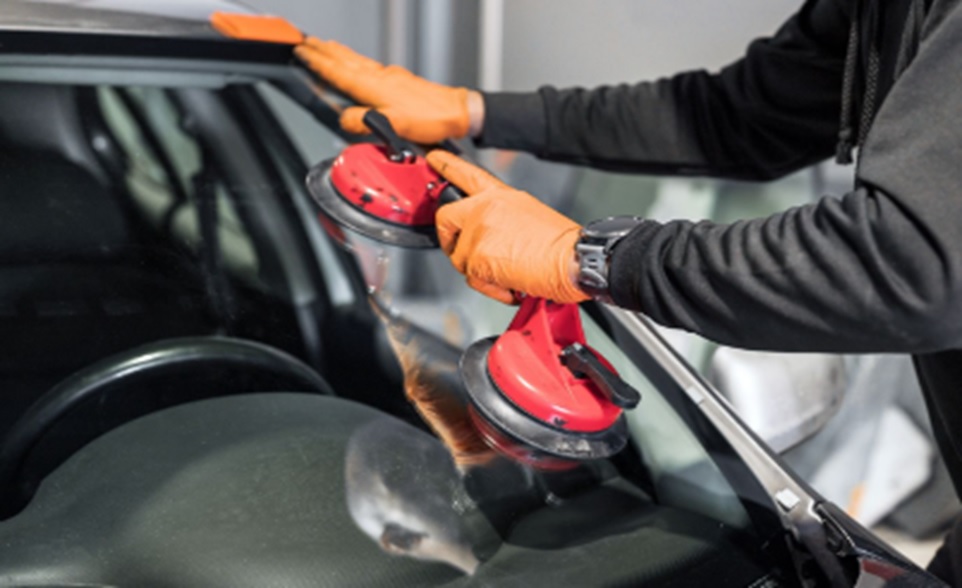Getting your car repaired can feel like navigating a confusion of potential expenses. The cost of a plain tune-up can speedily escalate into a critical financial burden if you’re not aware of the factors affecting the price. This article delves into the versatile nature of automobile repair costs, examining miscellaneous elements that enhance the final bill.
From labor rates to parts chance and diagnostic processes, understanding these factors empowers you to create informed resolutions and potentially sustain money on your next repair.
The Role of the Mechanic and Their Shop
A fully equipped shop with progressive diagnostic finishes and a streamlined system can influence the turnaround opportunity, potentially moving the overall cost.
· Labor Rates:
Labor rates vary considerably depending on location, the machinist’s experience, and the complicatedness of the job.
Experienced technicians of an auto repair shop in Columbia, SC with specialized certifications frequently have higher hourly rates. Compare quotes from different procedures before making a decision.
· Shop Overhead:
Shop overhead, containing rent, utilities, and supervisory costs, is factored into the definitive price.
· Reputation and Expertise:
A mechanic accompanying a strong honor for quality work and knowledge of specific automobile models might have a greater price point.
The Importance of Parts and Their Availability
The cost of replacement parts is a detracting component of repair bills. The availability and type of part straightforwardly influence the final price.
· Original Equipment Manufacturer (OEM) Parts:
However, they typically create a higher printed price. These parts are designed to meet the distinguishing requirements of your boat’s make and model.
· Aftermarket Parts:
Aftermarket parts are made by companies apart from the original manufacturer. These parts can frequently be more affordable than OEM parts, but their character and longevity can change.
· Part Availability and Delays:
The chance of parts can significantly impact repair timelines and costs. In some cases, judgment on a specific part may be challenging, chief to higher prices.
Diagnostic Procedures and Time Involved
Accurate disease is fundamental to effective pickup repair.
· Diagnostic Tools and Equipment:
The type and culture of diagnostic forms used by apiece mechanics can influence the speed and veracity of the diagnosis.
· Troubleshooting Time:
Complex issues needing extensive demonstrative procedures will spontaneously take longer and increase the total cost.
· Software Updates and Programming:
In up-to-date vehicles, spreadsheet updates and prioritization are critical for decent functionality.
External Factors Affecting Costs
Several external determinants influence the price of car repairs.
· Inflation and Economic Conditions:
Changes in the global retail can also impact the price of certain parts.
· Geographic Location:
Higher costs of residing in urban extents are often interpreted as higher labor and part prices.
Conclusion
By studying mechanics, equating prices, and understanding the intricacies of the repair process, you can guide along the route, often water the cost maze, and guarantee a more financially responsible limousine ownership knowledge.




